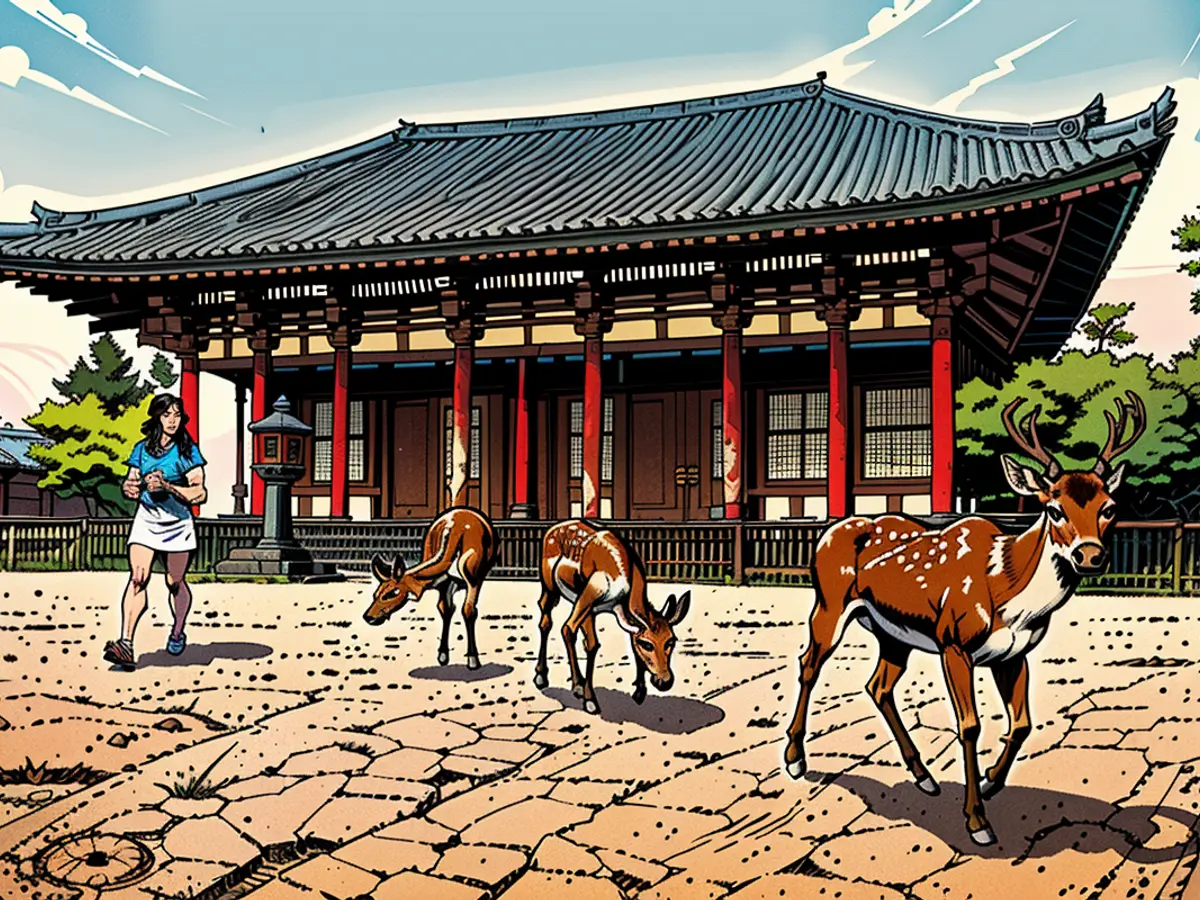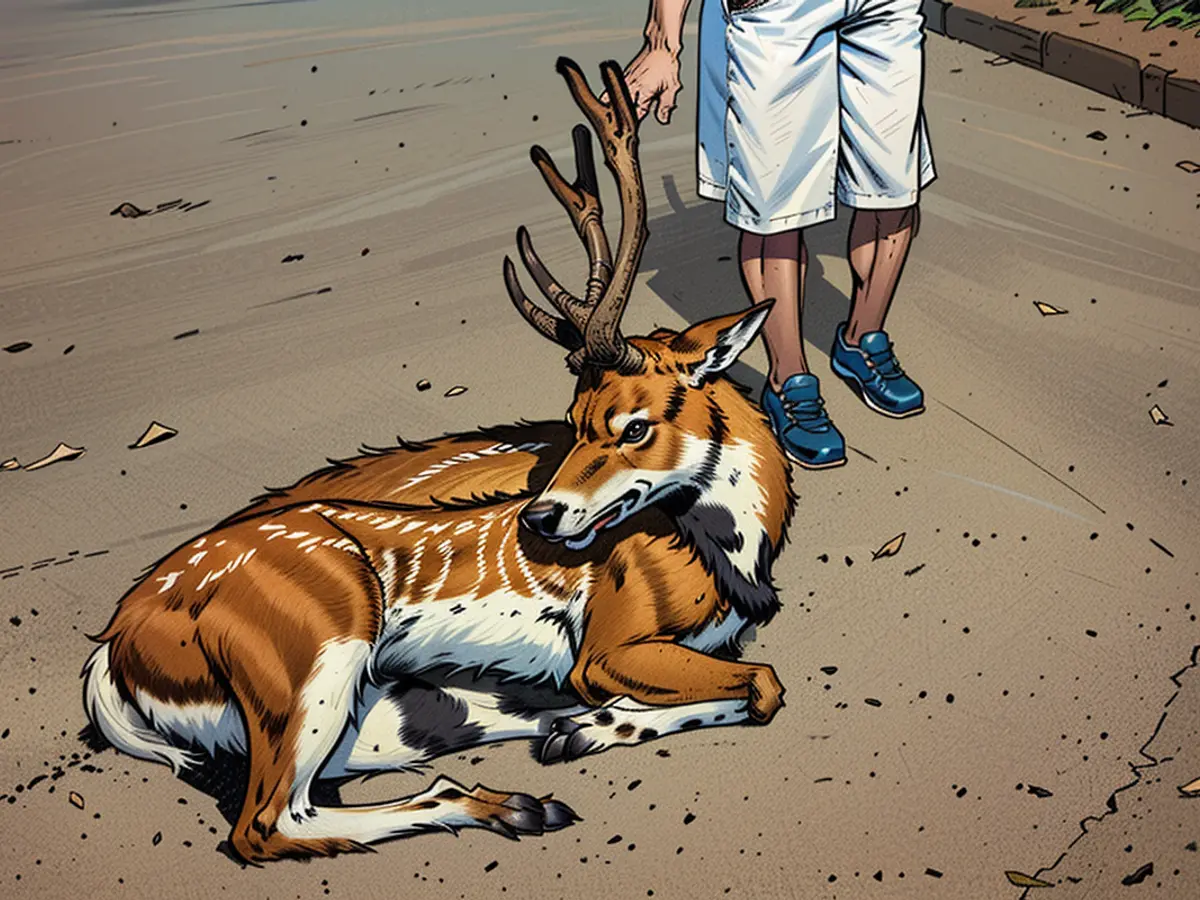Japan may be sick of mass tourism. But the deer in this ancient UNESCO-listed city love it
Nara and its deer are so closely associated that the light-brown colored animals are pictured in the city’s tourism ads, on buses, train tickets and more. Shops are packed full of deer-themed souvenirs like stuffed animals and antler headbands.
The city recently carried out a deer census, determining there are 313 stags (males), 798 does (females) and 214 fawns (babies) in Nara Park. That’s an increase of 92 from last year, and a total of 1,325 deer.
But what does this have to do with tourism?
Despite Nara being home to attractions like Todaiji Temple, one of the world’s largest wooden structures, the majority of tourists come to meet the deer, who are known for bowing politely when given a cracker. Stalls around Nara sell these special rice bran “Shika Senbei” treats, which are safe for the deer to eat.

Nobuyuki Yamazaki of the Nara Deer Preservation Foundation told CNN that “a constant increase in the number of deer crackers eaten has resulted in more active reproduction of the deer. There are also more tourists visiting the park, and the deer can get the crackers more easily.”
However, not all of the human-deer interactions are positive ones. Some deer have become too accustomed to having people around and too eager to snatch a cracker out of a tourist’s hand.
“As the number of deer and humans increase, so does the number of problems,” Yamazaki added. “In recent years, we’ve seen an increase in accidents with people being pushed over or bitten by a deer.”
A study from the Nara Women’s University found that fewer deer were bowing during the pandemic, when the country was closed to international tourists. Bowing in deer is unique to Nara and has not been found in any other deer species.
“A long time ago, the deer in the capital Nara were afraid of humans, so they might have started bowing as a result of being stressed. However, the city gradually became a sightseeing spot and the deer learned to bow to people to get Shika Senbei rice crackers,” said professor Yoichi Yusa, who headed the study.

According to government data, 9.3 million people visited Nara in 2022.
Japan has been coping with a significant influx of tourists since it reopened post-pandemic. March, April and May of this year each saw more than three million foreign tourists per month coming to Japan, breaking all-time tourism records.
Some destinations, following similar measures implemented in Europe, have begun charging tourist fees.
Beginning July 1, Mount Fuji implemented a daily visitor cap of 4,000 hikers. Visitors must pay 2,000 yen ($12.40) per person. Meanwhile, the popular Itsukushima Shrine near Hiroshima, which was visited by US President Joe Biden in 2023, recently began charging an entry fee for the first time in its thousand-year history.
Visitors often come to Nara primarily to interact with the deer, known for their polite bowing in exchange for rice bran crackers. These interactions have led to an increase in the deer population, as mentioned by Nobuyuki Yamazaki from the Nara Deer Preservation Foundation.
Due to the surge in tourists, destinations like Mount Fuji and Itsukushima Shrine have implemented measures to control the number of visitors, including charging entry fees or implementing daily visitor caps.
Read also:
- Fear of escalation in the Middle East: US Secretary of State Blinken travels to the region again
- Government circles: US Secretary of State Blinken to travel to Middle East again
- Bridging days 2024: How you can double your vacation this year
- Germany has wanderlust: how tour operators and airlines are looking ahead to the next travel year








